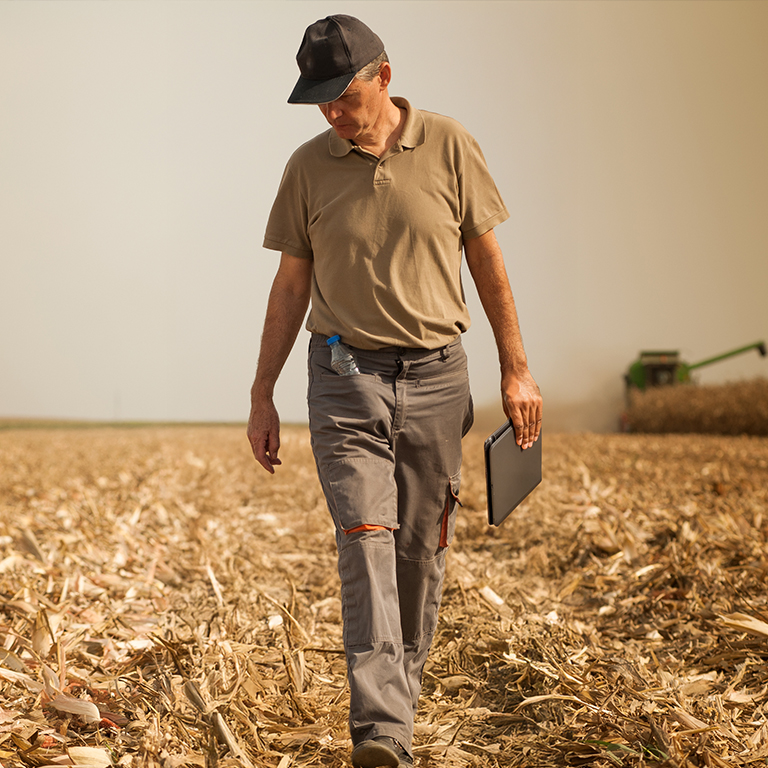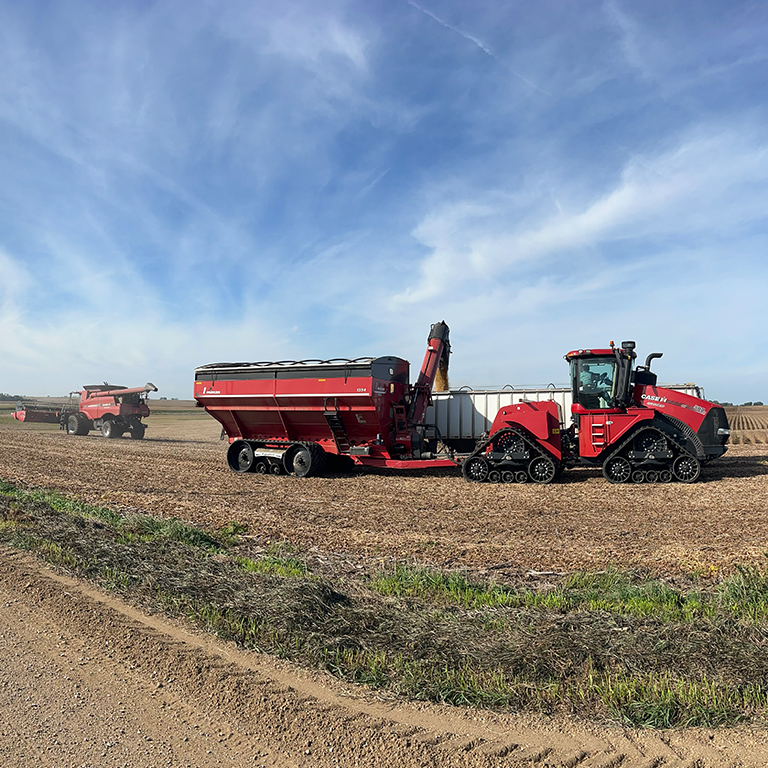
In 2012, a farmer told me we would never see corn prices drop below $5/bushel because of ethanol production and usage. I remember thinking: because of the ability of farmers to efficiently grow crops, we would again see low prices.
Flash forward to the years of 2017–2020, which were quite difficult for many producers. During those years, I typically wrote these newsletter articles about navigating the rough waters of the current ag economy, and as lenders, we were often looking at balance sheets that were deteriorating year after year.
Each year, we hoped that some term debt payments would be paid so they could “fall off” the balance sheet and help improve working capital and cash flow. Now, during these much better times, it seems that all I write about is keeping or improving working capital!
But as we all know, these good times won’t be here forever, so it’s important to save for the “rainy days” ahead. Managing working capital as well as tax liabilities is a delicate balance, but when done right, it can help you save on taxes and still preserve the working capital position.
We understand that financing some machinery and equipment purchases is necessary, but remember that the impacts of those purchases on cash flow can last five years or more. Also, remember to utilize deferred grain and prepaid inputs during your end-of-year tax planning — doing that can help you retain working capital while managing tax implications.
Lastly, remember that sometimes it’s okay to pay some taxes during good years instead of making potentially expensive purchases solely for tax reasons.
I will always believe in the ability of American farmers to produce grain, and with that comes the potential for low prices again in the future. So, we need to be vigilant in retaining capital to get through those tough times when they inevitably come.
If you have any questions, feel free to give me a call at (605) 335-5263 or reach out here.


